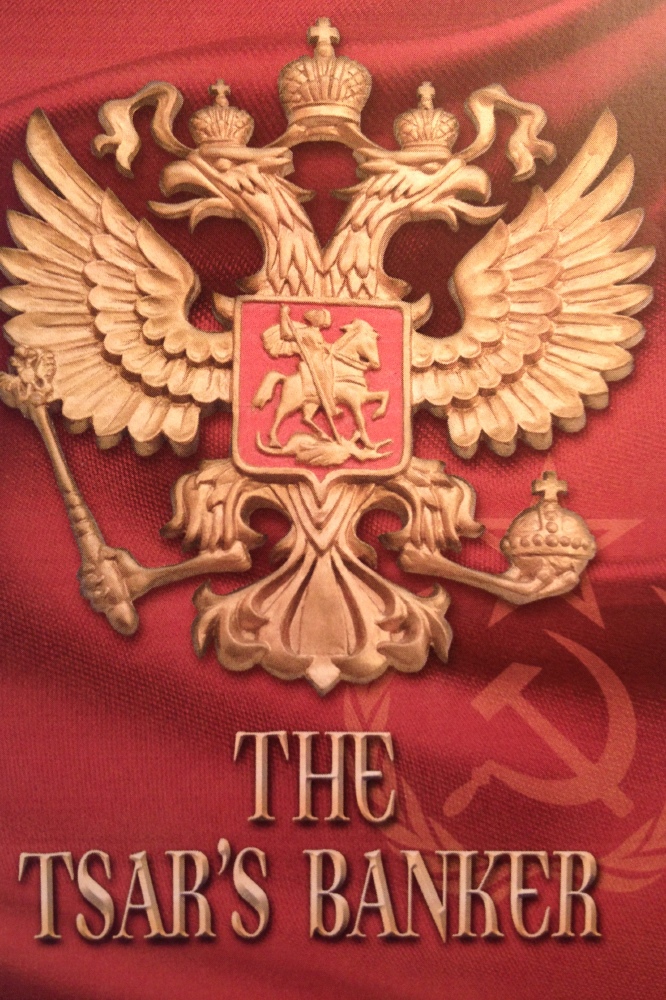For 300 years the Russian Romanov Tsars had been the most magnificent rulers in Europe when in 1917 they were swept away by the Russian Revolution. One hundred years after their brutal murder the story of Nicholas II and Alexandra, their family and jewelled Faberge eggs continue to hold a fascination for the world. After they were deposed the Bolsheviks shot the Tsar and his immediate family and servants keeping their deaths a secret until 1926. During construction work in July 1991 workers found nine skeletons in a shallow grave in Yekaterinburg, Russia. They were identified as the remains of the Imperial Royal Family. Here are ten things you might not know about the Russian Revolution.

Stephen Davis
1) Nicholas II is generally considered to have been incompetent shallow and weak at the colossal task of ruling the enormous Russian Empire. On the other hand Nicholas II had enormous personal charm, love of family, deep religious faith and strong Russian patriotism and spoke Russian, French, German, Danish and English tinged with a slight English accent.
2) The Empress Alexandra was German by birth and only six when her mother died and her Grandmother, Queen Victoria, took over her upbringing and education. More English than German after she became Empress of Russia she insisted on taking afternoon tea and cakes at exactly 4.00.
3) The Romanovs were the wealthiest family in the world and it is the Imperial Easter eggs made by Fabergé that are most identified with their splendour. The Russian jeweller produced sixty-four jewel encrusted eggs for the Romanovs and most of these survive to the present day. HM Queen Elisabeth II has three Imperial Easter Eggs– the Colonnade Egg Clock, the Basket of Flowers Egg and the Mosaic Egg in the Royal collection.
4) The Tsar’s children had an Englishman, Charles Sydney Gibbes, as their English teacher. After the murder of the Imperial Family he underwent a religious conversion returning to England to set up a Russian Orthodox Church in Oxford. In the church he put on display the objects and icons he had brought out of Russia, some of which had been gifts from the family, including a pair of the Tsar’s boots that stood by the altar.
5) Although the death of the Tsar, Tsarina and their five children are the best know there were in fact sixty five members of the family alive at the time of the revolution in 1917. Eighteen were killed by the Bolsheviks and the remaining forty-seven went into exile. The Tsar’s sister, Xenia, settled in Frogmore Cottage in Windsor Great Park and died in 1960.
6) Prince Felix Yusupov, the murderer of the mad monk Rasputin, studied at Oxford University where he was a member of the Bullingdon Club and established the Oxford University Russian Society which exists to this day.
7) The Russian Revolution was in fact a pair of revolutions that led to the eventual rise of the Soviet Union. The Russian Empire collapsed with the abdication of Emperor Nicholas II and was replaced by a provisional government in February 1917. The second revolution in October removed the Provisional Government and replaced it with a communist state.
8) Lenin, the leader of the Bolsheviks (Communists) was of noble birth with the right to be addressed as "Your Excellency". He and his wife spent one year in London in 1905 living in Tavistock Place, Bloomsbury. Lenin spent most mornings at the Reading Room at the British Museum plotting the overthrow of the Russian Royal Family.
9) Lenin, considered to be the father of the Soviet Union, read Virgil, Ovid, Horace in the original in the original Latin and liked to compare his enemies to characters in novels.
10) The DNA of Prince Philip, the Duke of Edinburgh, was used to identify the remains of the Romanovs. Prince Philip’s grandmother and the Tzarina's grandmother were sisters. The remains of the Emperor and his immediate family were interred at St. Peter and Paul Cathedral, Saint Petersburg in 1998. The ceremony was attended by the Russian President Boris Yeltsin. The British royal family was represented at the funeral by Prince Michael of Kent.

About Stephen Davis
Stephen Davis began his writing career aged 27 with a column in the South Wales Western Mail. A regular contributor to business magazines, he is also the author of two business books as well as a sought-after speaker and broadcaster on business issues. He is author of ‘The Tsar’s Banker’ and ‘I Spy The Wolf’, in a series that follows the fortunes of the Tagleva family between 1912 and 1946.
See: www.thetsarsbanker.com and www.facebook.com/thetsarsbanker/

